Hyde currently employs approximately 1,200 people across London, the South East and Peterborough. Our staff play a fundamental role in our vision to provide a great home for everyone, and we’re committed to building a more diverse and inclusive workforce that is reflective of the communities we work in.
This report looks at our current gender and ethnicity pay gaps and helps us identify the work we still need to do. The data provided is accurate as of April 2021.
Our results
The following calculations make up the information required for statutory reporting.
Mean
The mean shows the difference in average hourly pay between men and women.
Our mean gender pay gap is: 15.0% (lower for women)
Median
The median shows the difference between the middle paid woman and middle paid man.
Our median gender pay gap is: 4.7% (lower for women)
Pay quartiles
This is where all the salaries are sorted by size and divided into equal quarters. The pie charts below show how men and women are spread throughout the organisation by hourly pay, from lowest to highest:
The lower quartile is made up of 61% females and 39% males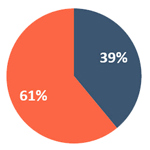
The lower middle quartile is made up of 53% females and 47% males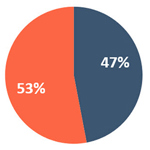
The upper middle quartile is made up of 60% females and 40% males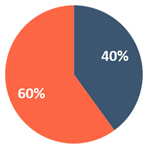
The upper quartile is made up of 44% females and 56% males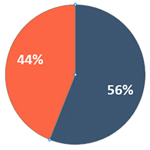
Gender bonus pay gap
Our mean gender bonus gap is 31.1%.
Our median gender bonus gap is 0%.
The proportion of employees who receive a bonus is:
|
Male |
Female |
|
87.8% |
91.2% |
Understanding our gender pay and bonus gap
We have seen an increase to our mean gender pay gap from 14.1% to 15% since the 2020 reporting date. In the same period, Hyde’s median gender pay gap has decreased by 0.8% to 4.7%. This proportion of women at the most senior grades decreased slightly between the 2020 and 2021 reporting dates.
The comparison of our gender pay gap since 2017 as shown below:
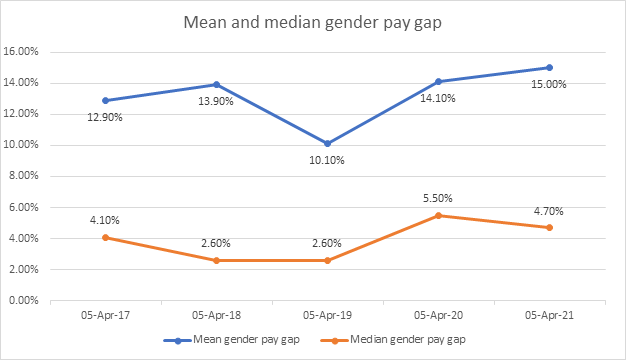 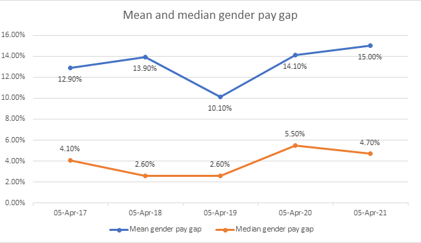 |
Hyde continues to have a gender pay gap and our analysis indicates that this is due to females being under-represented at the more senior levels and not from men and women being paid differently for the same or equivalent work.
The mean gender bonus gap shows that women are paid 3.1% less than men, and the median gender bonus gap is 0%. The mean bonus gap is being driven by the higher proportion of men in the senior levels who participate in the senior staff bonus - which is a higher percentage of salary.
In addition, the Frontline Covid Hero Payment was paid this year and is included in bonus calculations. Of the recipients of this bonus payment, 82% of were men which has contributed to the bonus gap. There is however a higher proportion of women overall receiving a bonus compared to men – 91.2% and 87.8% respectively.
Our ethnicity pay gap
It isn't currently mandatory to measure the ethnicity pay gap, however, we have been making the calculations since 2018 in order to identify and address any issues.
We have used the same calculation principles as the gender pay reporting and excluded employees who have decided not to share their ethnicity.
Our mean ethnicity pay gap is: 17.7% (lower for Black, Asian and other ethnic minority employees)
Our median ethnicity pay gap is: 3.5% (lower for Black, Asian and other ethnic minority employees)
Pay quartiles
The pie charts below show how White and Black, Asian and other ethnic minority employees are spread throughout the organisation by hourly pay, from lowest to highest (this excludes those where ethnicity is not stated).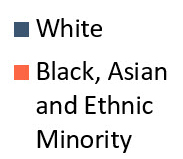

The lower quartile is made up of 71% white and 29% Black, Asian and other ethnic minority employees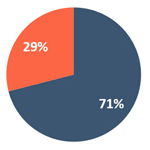
The lower middle quartile is made up of 67% white and 33% Black, Asian and other ethnic minority employees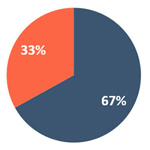
The upper middle quartile is made up of 65% white and 35% Black, Asian and other ethnic minority employees
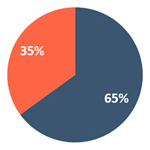
The upper quartile is made up of 78% white and 22% Black, Asian and other ethnic minority employees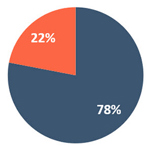
Return to top
Ethnicity bonus pay gap
Our mean ethnicity bonus gap is 44.9%.
Our median ethnicity bonus gap is 0%.
The proportion of employees who receive a bonus is:
|
White |
Black, Asian and other ethnic minorities |
|
89.6% |
89.9% |
Understanding our ethnicity pay and bonus gap
We have also seen an increase to our mean ethnicity pay gap but a decrease in the median. Hyde’s mean ethnicity pay gap has increased by 1.1% to 17.7% and the median has decreased by 3% to 3.5% since the 2020 reporting date.
The comparison of our ethnicity pay gap since 2018 as shown below:
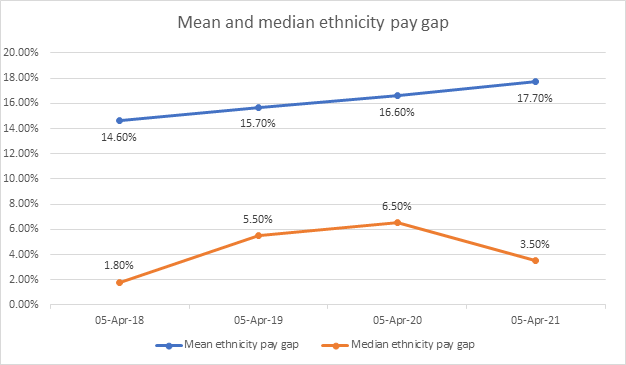
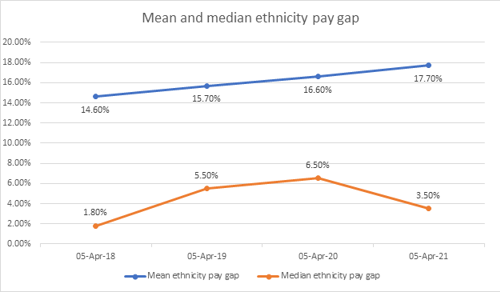
Our results show that Black, Asian and other ethnic minority employees make up 30% of our staff base, yet we have proportionally fewer Black, Asian and other ethnic minority employees in the higher paid senior roles, with only 11.1% of Heads of Service, Directors and Executive team. Although this was an increase of 2.5% since 2020, it is this under-representation at the more senior levels that is a key factor in Hyde’s ethnicity and bonus pay gap.
The mean ethnicity bonus gap shows that Black, Asian and other ethnic minority employees are paid 44.9% less than White employees but the median gender bonus gap is 0%. The mean bonus gap is being driven by the higher proportion of White employees in the senior levels who participate in the senior staff bonus which is a higher percentage of salary.
How we’re looking to close our gender and ethnicity pay gaps
Since reporting in 2020, we have undertaken several activities that focus on closing the gender and ethnicity pay gaps:
-
Continued to encourage that all shortlists contain a mix of male and female candidates and are as diverse as possible;
-
Signed up to three new diversity job boards;
-
Diversity statement added to all job adverts,
-
Starting salaries, in-year salary increases, and performance reviews have been monitored to check for fair representation of women and Black, Asian and other ethnic minority employees
-
Representation of women and Black, Asian and other ethnic minority employees within talent programmes have been monitored and scrutinised for unconscious bias as part of moderation;
-
Delivered ‘Let’s talk about inclusion’ training for senior staff and all people managers;
-
Reviewed and introduced new mandatory e-learning along with many more D&I e-learning modules;
-
Introduced requirements for diverse interview panels - 20 Black, Asian and other ethnic minority colleagues who have expressed an interest in being on a pool of people to join panels where there is no Black, Asian and other ethnic minorities representative; and
-
Three new KPIs were introduced this year which are included on the ELT scorecard:
-
% of senior female manager compared to % of female staff
-
% of Black, Asian and other ethnic minority senior managers compared to % of Black, Asian and other ethnic minority staff
-
% of Black, Asian and other ethnic minority middle and 1st line managers compared to % of Black, Asian and other ethnic minority staff.
-
Diversity and inclusion is a key focus of our 2020-25 People and Culture Strategy, with clear objectives to ensure that we're building a diverse workforce at all levels of the organisation and meeting the diverse needs of our customers and communities.
Through the strategy we plan to continue/implement the following to address the gender and ethnicity pay gap:
-
Recruitment
-
Implement an applicant tracking system to enable monitoring and reporting on application, interview and appointment data by gender and ethnicity
-
The wording on all job adverts is being audited for potential discrimination and our careers website is being updated;
-
-
Data and Monitoring:
-
Continue with current monitoring of starting salaries, in-year increases, performance reviews and talent programmes to check for any unconscious bias and ensure fair representation
-
Review key people practices, including pay and grading, for unconscious bias
-
Share directorate level pay gap reports
-



Andy Hulme
Chief Executive Officer
Return to top
